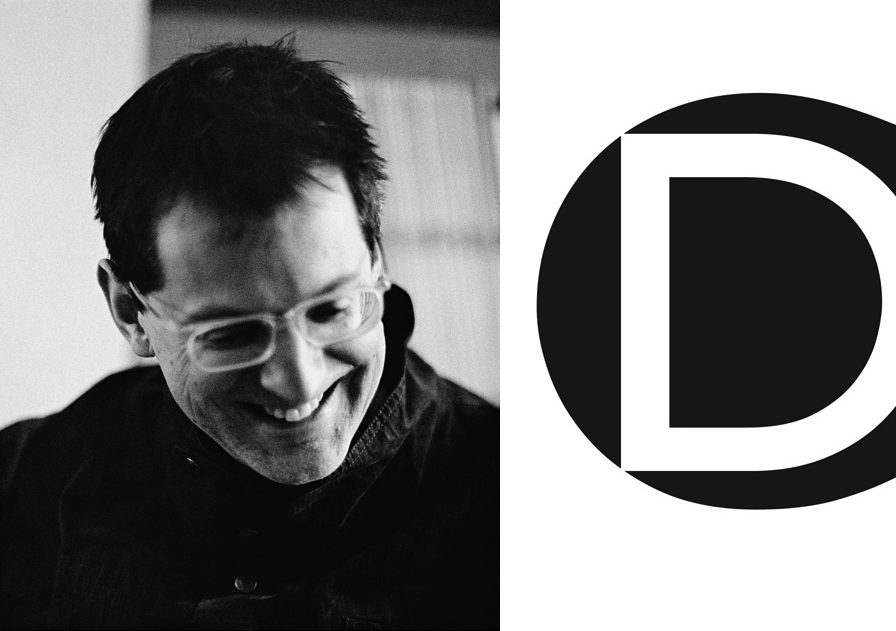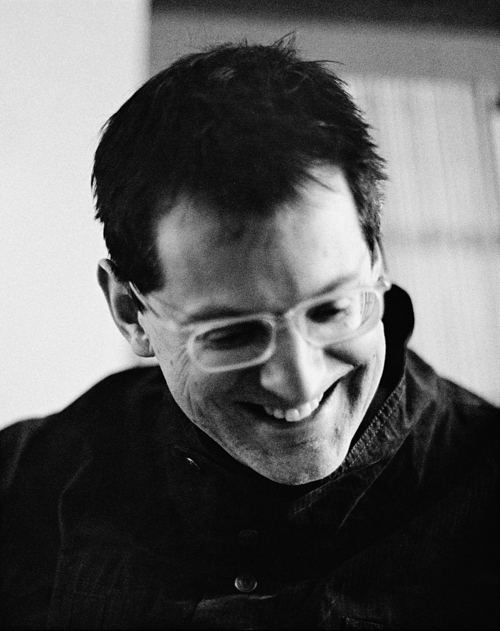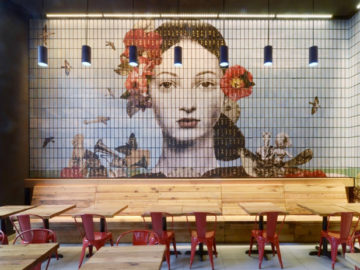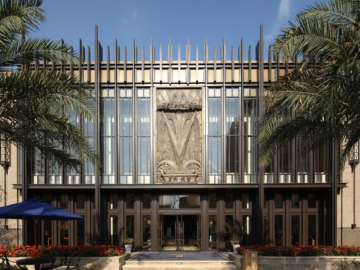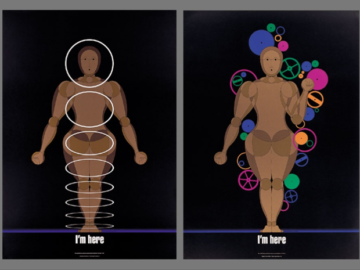What drew you to WITNESS as an organization?
In the early days of my first design partnership, Lippa Pearce, we made a commitment to providing bro-bono work for charities. While we had little money, we hoped we could make a positive contribution to causes through Design. We saw a situation where big money often got the best design work, and causes without the same kind of financial resources couldn’t justify investing in the kind of design that would really help raise their profile. In a slightly tongue-in-cheek way, we saw ourselves as Robin Hood characters, using the money we made from working for our commercial clients to support worthy but impoverished projects. I was particularly inspired by Peter Gabriel, the founder of WITNESS. Peter’s idea of “Little brother turning the cameras back on Big Brother” was so powerful, as the historical significance of the amateur footage of the Rodney King beating in Los Angeles in 1992 had shown, that I very quickly became engrossed in the organization’s work. At the time, I was working with the Lawyers Committee for Human Rights (now known as Human rights First) in New York through Peter’s recommendation, so it was a natural transition to become involved in WITNESS, their partner organization.
In your collaborations with WITNESS, what work are you most proud of?
One of the most extraordinary moments of my career occurred recently as I was watching news footage of the protests that took place in support of the Burma uprising. Across the world, I saw images of my Burma poster being taken onto the streets as a symbol of protest. To have a piece of Graphic Design spontaneously used like this is the most meaningful thing that has ever happened to a piece of my work. It’s profoundly moving that people should protest with it in this way.
Do you believe that Graphic Design can affect social or political change?
This needs to be a book! Being a Graphic Designer comes with a great responsibility. Graphic Design has a profound effect on almost every aspect of our lives, not least in the social-political arena. Although we’re rarely aware, it is through visual language that we interpret so much of our world. From the tiniest typographic nuance to the loudest poster on the street, we are visually bombarded.
It is beyond question that Graphic Design has a huge influence on social and political conditions. Design is a visual articulation of an inner will, an active and reactive force, both for good and bad. the question that really matters is in whose hands it resides.

The above excerpt is a sneak peek into our Design Annual 2009, which is available in our store today. Order one while they are still in stock.
If you are new to the blog, hello and welcome to our worldwide community of influential and bright designers and photographers. We are always looking for new talent and would love to see your best work. Submit an entry over here, and become a professional member today at graphis.com.

